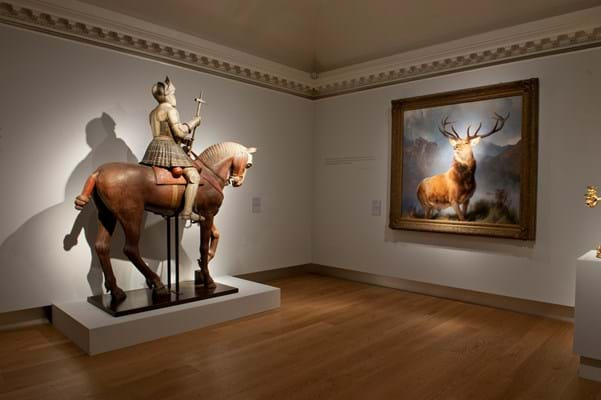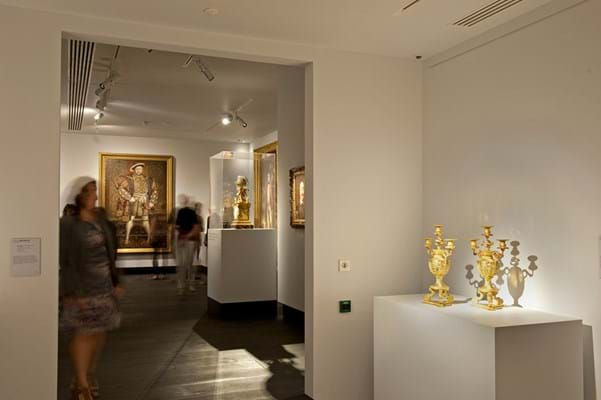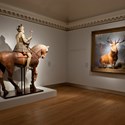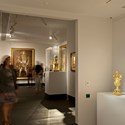Held in their London, King Street headquarters, it features paintings, artworks and objects from the 16th to the late 20th century purchased at auctions staged from the era when James Christie first opened the doors for business, in 1766, through to the last decade.
The exhibits include famous works like Landseer’s stag portrait The Monarch of the Glen, which first went under the hammer in 1884 for 6200 guineas and Rossetti’s Prosperine, sold for £745 in 1888. There is also what Christie’s UK chairman Orlando Rock described as “my favourite b.i.”, an impressive ormolu geographical clock produced by Matthew Boulton and John Fothergill.
It was one of two ‘philosophical’ clocks that Boulton consigned to a sale of ormolu ornaments at Christie’s in 1772, both of which failed to sell at the time.
The exhibition is set out on the ground floor in a new permanent exhibition gallery created from former office space. “It took six months to put together, nearly all from British owners and three months to construct the space,” said Jussi Pylkkanen, Christie’s global president.
Concurrently on the first floor, Christie’s are displaying works from their auction of the same name, a one-off, 33-lot, evening sale to be staged on June 30 that similarly cuts across all ages of British art from John Constable and Joshua Reynolds to Lucian Freud.
Defining British Art, a loan exhibition runs at Christie’s King Street until July 15.
The Defining British Art auction takes place at Christie’s King Street on June 30.









